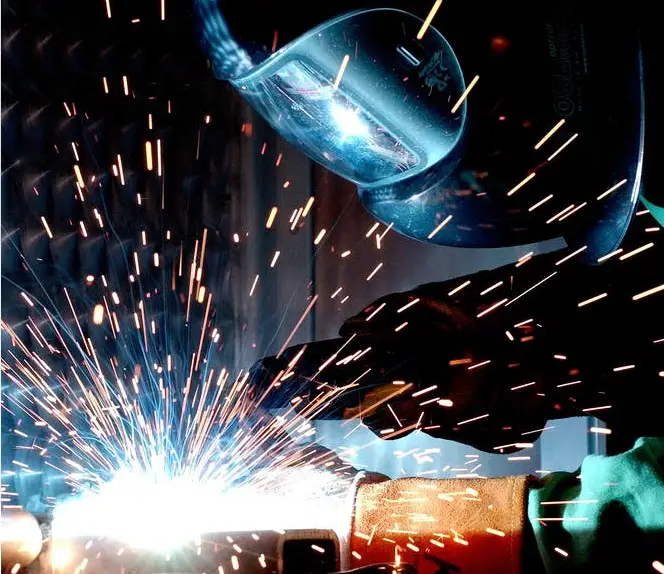Data from the Federal Reserve showed manufacturing contracted in May, confirming indications of decline seen in other regional Fed reports the previous month.
In its monthly report on industrial output, the Fed reported that manufacturing declined by 0.1% in May. Expectations were it would rise by 0.4%. The index is still up by 4.8% over the past 12 months, regardless of the decline.
Nondurable goods manufacturing was up 0.1%, which was well below expectations. Durable goods manufacturing was down 0.2%. Durable goods fell 0.4% if you removed cars and trucks. Other manufacturing, which includes publishing and logging fell 0.2%.
Energy-related manufacturing rose 1.4%, however non-energy-related manufacturing was down 0.2%. Many take it as a sign the energy sector is now sucking up money which would otherwise be spent on other consumer goods. May retail sales showed that as sales in most areas slumped, sales at gas stations were up sharply.
Consumer goods excluding automobiles and parts fell 0.3%. Business supplies was flat, and business equipment manufacturing was up 0.1%, as construction was up 0.2%.
Home electronics was down 0.2%, while appliance and furniture fell 2.5%. Food, beverage, and tobacco fell 0.6%.
Clothing was up 1%, and automaking was up 1.1%.
Industrial production’s headline figure rose 0.2%, which was below the 0.5% expectation. Mining output boosted the number, rising 1.3%, which included oil and gas drilling. High prices for oil and gas have propelled mining up 9% over the year, but it has not been enough to make a dent in prices. Utilities output was up 1%.
Capacity utilization was down to 79.1%, only 1% above its long-run average. Mining’s operating rate was 81.5%, which is 4.4% below its long-run average. Overall industrial capacity utilization was up slightly to 79.0%, 0.5% below its long-run average, and well below its expectation of 79.3%.
Manufacturing is considered a harbinger of economic activity. That manufacturing had begun a decline in May according to regional Fed reports, and now shows a clear reduction in June is going to fuel fears that we are much closer to a recession than was thought before.
Over half the nation already thinks a recession has begun. The economy already contracted in the first quarter, and now it appears to be doing so in the second.
However the official designation of a recession will come from an unelected group of economists who belong to the National Bureau of Economic Research, a non-profit research organization that is almost completely unknown to regular Americans.
Soon they will render a verdict.


